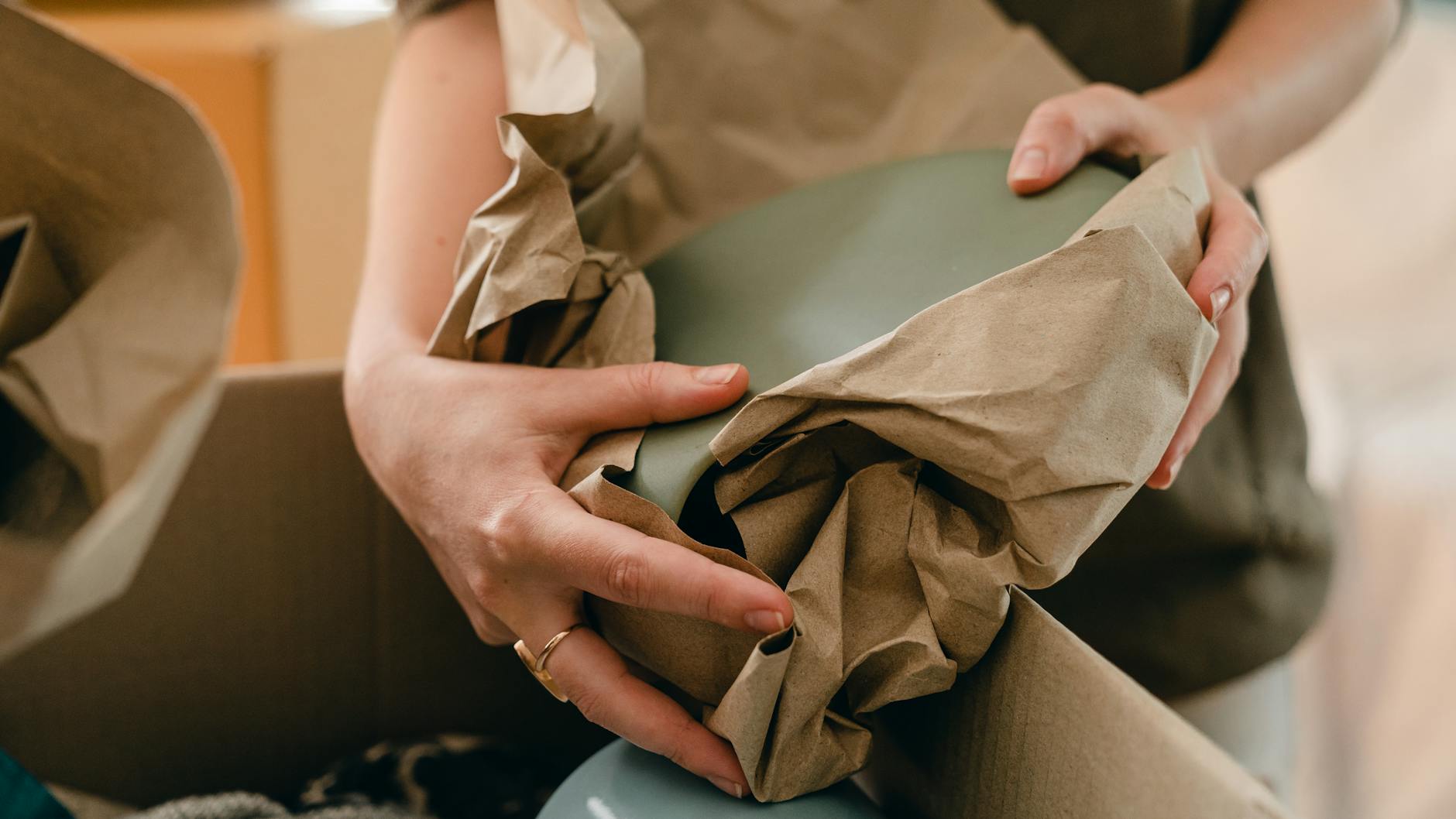Moving to a new home can be both exciting and daunting, especially when it comes to packing fragile items. Protecting delicate belongings during a move requires careful planning and proper techniques to ensure they arrive safely at your new destination. In this guide, we will provide you with essential tips and tricks to pack fragile items securely for a worry-free and safe home move.
Prepare Adequate Packing Supplies
Before you start packing fragile items, make sure to gather all the necessary packing supplies. This includes sturdy cardboard boxes in various sizes, bubble wrap, packing paper, packing peanuts, tape, and markers for labeling. Having the right materials on hand is crucial for protecting delicate items during transit.
Sort and Declutter
To make the packing process more efficient and organized, start by sorting your fragile items into categories. Decluttering before packing will help you determine which items are worth keeping and which ones you can discard or donate. This step will not only reduce the number of items you need to pack but also make unpacking easier at your new home.
Wrap Fragile Items Carefully
When packing fragile items, it is essential to wrap them carefully to provide cushioning and protection against breakage. Use bubble wrap or packing paper to individually wrap each delicate item, ensuring that all sides are adequately covered. For extra protection, consider double-wrapping particularly fragile items or using foam padding for added cushioning.
Pack Fragile Items Securely
Place a layer of packing peanuts or crumpled packing paper at the bottom of the box to create a cushioning base. Arrange the wrapped fragile items in the box, ensuring that they fit snugly to prevent shifting during transit. Fill any empty spaces with additional packing materials to provide extra padding and stability. Remember to label the box as “fragile” to alert movers or yourself to handle it with care.
Use Specialized Boxes for Fragile Items
For exceptionally delicate or oddly shaped items, consider using specialized boxes designed for fragile items. Dish boxes, wardrobe boxes, and mirror/picture boxes are excellent options for packing fragile items such as dishes, glassware, artwork, and mirrors. These boxes provide extra protection and support for items that require particular care during transport.
Label Boxes Clearly
Properly labeling boxes containing fragile items is crucial for a safe home move. Clearly mark each box with its contents and indicate that it contains fragile items. Use arrows or “this side up” labels to ensure that movers handle the boxes correctly. Additionally, label boxes with the room they belong to for easy unpacking and placement in your new home.
Safely Transport Fragile Items
When loading boxes with fragile items into a moving truck, make sure to place them on top of heavier, sturdier items. This will prevent them from being crushed or damaged during transit. Secure the boxes with straps or ropes to prevent shifting during transportation. If you are transporting fragile items in your vehicle, secure them in place to minimize movement during the journey.
Unpack Carefully
Upon arriving at your new home, unpack fragile items with caution. Remove the boxes labeled as fragile first and unpack them in a designated area away from high-traffic areas. Carefully unwrap each item and inspect them for any damage. Take your time to unpack and arrange fragile items in their new space, ensuring they are safely positioned and displayed.
In conclusion, packing fragile items for a home move requires attention to detail, proper materials, and a strategic approach to ensure their safe arrival. By following these tips and guidelines, you can pack fragile items efficiently and securely, making your move a stress-free experience. Remember, the key to a safe home move is careful planning, meticulous packing, and handling fragile items with care.


